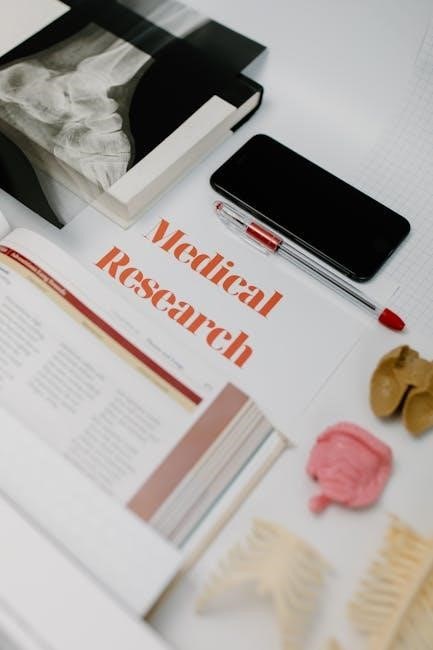This manual by Elaine N. Marieb provides a comprehensive guide for anatomy students, focusing on cat dissections to explore human anatomy. It aligns with the Marieb/Brady/Mallatt’s Human Anatomy textbook, offering 30 exercises covering all body systems. Designed for a one-semester course, it combines clear, engaging writing with full-color illustrations, making it an essential resource for hands-on learning and practical application in the lab setting.
1.1 Overview of the Manual and Its Purpose
The Human Anatomy Laboratory Manual with Cat Dissections by Elaine N. Marieb is a comprehensive guide designed for students to explore human anatomy through comparative dissections. It features 30 exercises covering all body systems, with a clear, engaging writing style and full-color illustrations. The manual aligns with Marieb’s textbooks, offering a practical, hands-on approach to learning anatomy. Its purpose is to provide students with a detailed understanding of anatomical structures and their relationships, making it an essential tool for laboratory-based anatomy education.
1.2 Importance of Cat Dissections in Anatomy Education
Cat dissections play a crucial role in anatomy education due to their anatomical similarities to humans. They provide a practical way for students to explore body systems, fostering a deeper understanding of human anatomy. The manual by Marieb emphasizes this hands-on approach, allowing students to develop essential dissection skills and visualize complex structures. This method bridges theoretical knowledge with real-world application, making it an invaluable tool in laboratory settings for aspiring healthcare professionals and biology students.

Structure and Organization of the Manual
The manual is organized into 30 exercises, each focusing on specific body systems. It aligns with Marieb’s textbooks, offering a logical flow and clear structure for effective learning, ensuring comprehensive coverage of anatomy through detailed, full-color visuals and step-by-step guidance.
2.1 Exercises and Their Alignment with Body Systems
The manual features 30 exercises, each corresponding to a specific body system, ensuring comprehensive coverage of anatomy. These exercises are carefully designed to align with the content in Marieb’s main anatomy textbooks, providing a cohesive learning experience. By focusing on cat dissections, students can explore the structure and function of each system in a hands-on manner. This organization mirrors the presentation of human anatomy, making it easier for students to apply their knowledge practically during lab sessions. The logical structure reinforces understanding and retention of key anatomical concepts through direct observation and dissection.
2.2 Clear Writing Style and Full-Color Illustrations
The manual’s clear writing style and full-color illustrations make complex anatomical concepts accessible and engaging. Detailed visuals complement the text, providing a vivid understanding of structures. The illustrations are carefully labeled and cross-referenced with dissection steps, ensuring accuracy and clarity. This combination of clear language and visual aids enhances student comprehension, making the manual an invaluable tool for anatomy education. The engaging presentation supports hands-on learning, fostering a deeper connection between theoretical knowledge and practical application in the lab setting.
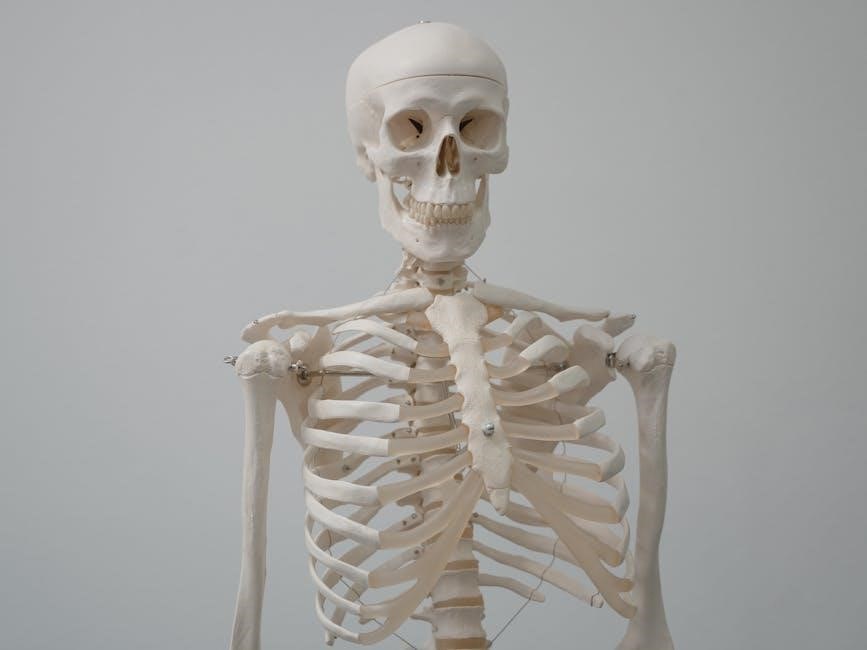
Key Features of the Manual
This manual features 30 exercises covering all body systems, a clear and engaging writing style, full-color illustrations, and step-by-step dissection guidance. It emphasizes laboratory safety and best practices, aligning with Marieb’s authoritative textbooks for a comprehensive learning experience.
3.1 Engaging Writing Style for Effective Learning
Elaine N. Marieb’s manual is renowned for its engaging writing style, which simplifies complex anatomical concepts. The clear, concise language ensures students grasp essential details effortlessly. Full-color illustrations complement the text, enhancing visualization. Step-by-step dissection guides and practical applications make learning interactive. Marieb’s approachable tone reduces intimidation, fostering confidence. The manual aligns seamlessly with her textbooks, creating a cohesive learning experience. This style ensures students stay focused and motivated, making anatomy accessible and understandable for all skill levels.
3.2 Full-Color Illustrations for Better Visualization
The manual features detailed full-color illustrations that enhance learning by providing clear visual representations of anatomical structures. These visuals complement the dissection exercises, allowing students to identify and understand key features effectively. The illustrations are carefully labeled and cross-referenced with the text, ensuring a comprehensive understanding; Vibrant images help distinguish between different tissues and systems, making complex anatomy more accessible. This visual approach supports hands-on learning, reinforcing concepts and aiding in the recognition of structures during dissections.
3.3 Coverage of All Body Systems in 30 Exercises
The manual includes 30 exercises that systematically cover all human body systems, providing a thorough understanding of anatomy. Each exercise is carefully designed to align with specific systems, such as skeletal, muscular, and nervous, ensuring a logical progression of learning. This comprehensive approach allows students to explore and identify structures in a hands-on manner, reinforcing their knowledge of how systems interrelate. The exercises are structured to build foundational knowledge, making it easier for students to grasp complex anatomical concepts through practical application.
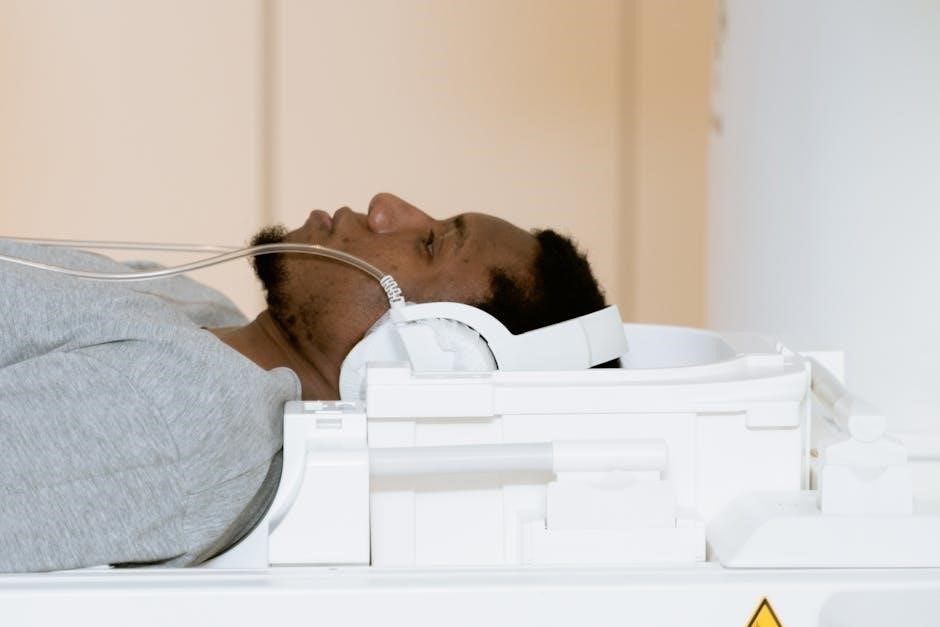
The Role of Cat Dissections in Anatomy Education
Cat dissections are widely used in anatomy education due to their anatomical similarity to humans, providing students with a practical understanding of human structures and systems.
4.1 Why Cats Are Used for Dissection
Cats are commonly used in anatomy education due to their availability, cost-effectiveness, and anatomical similarities to humans. Their size and musculature make dissection manageable, providing a practical learning experience. The feline digestive, nervous, and circulatory systems closely resemble those of humans, making them an ideal model for studying human anatomy. Additionally, cats are widely used in scientific research, contributing to their popularity in educational settings for hands-on learning and understanding complex biological structures.
4.2 Benefits of Cat Dissections for Understanding Human Anatomy
Cat dissections provide hands-on experience, enabling students to explore anatomy in a three-dimensional context. The similarities between feline and human anatomy allow for a deeper understanding of complex biological systems. Dissections enhance visual and tactile learning, helping students identify and recognize structures. This practical approach bridges textbook knowledge with real-world application, fostering a more comprehensive grasp of human anatomy and preparing students for advanced studies or professional roles in healthcare and biology.
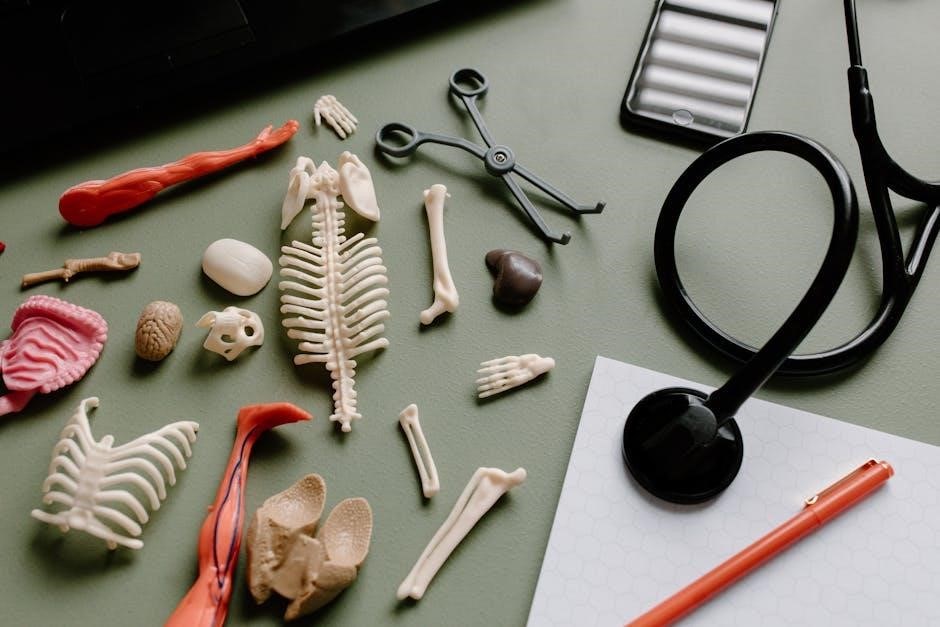
Alignment with Other Marieb Textbooks
This manual aligns seamlessly with Elaine Marieb’s other textbooks, such as Marieb/Brady/Mallatt’s Human Anatomy, through consistent illustration style and structured content, ensuring a cohesive learning experience.
5.1 Integration with Marieb/Brady/Mallatt’s Human Anatomy
The laboratory manual is designed to complement Marieb/Brady/Mallatt’s Human Anatomy, ensuring a cohesive learning experience. It aligns with the textbook’s structured content, providing practical exercises that reinforce theoretical concepts. The manual’s full-color illustrations and clear writing style mirror the textbook’s visual and narrative approach, making it easier for students to connect lab work with classroom material. This integration supports a comprehensive understanding of human anatomy through hands-on dissection and detailed study.
5.2 Compatibility with Other Anatomy and Physiology Resources
The manual is versatile and can be paired with other anatomy and physiology textbooks, enhancing its adaptability for diverse educational needs. Its clear structure and comprehensive coverage make it compatible with various A&P resources, ensuring flexibility for instructors. The consistent writing style and organization of exercises align well with supplementary materials, providing students with a seamless learning experience that bridges theory and practical application effectively.
Practical Applications in the Laboratory Setting
The manual provides step-by-step guidance for dissection exercises, emphasizing laboratory safety and best practices. Its clear instructions and visual aids facilitate effective learning and skill development.
6.1 Step-by-Step Guidance for Dissection Exercises
The manual offers detailed, step-by-step instructions for each dissection exercise, ensuring students can follow procedures confidently. Clear illustrations and concise descriptions guide learners through complex anatomical structures. Each exercise aligns with specific body systems, promoting a systematic understanding of human anatomy. Safety protocols and best practices are emphasized, preparing students for professional laboratory environments. This structured approach enhances hands-on learning, making it an invaluable resource for anatomy education.
6.2 Laboratory Safety and Best Practices
The manual emphasizes laboratory safety and best practices to ensure a secure and effective learning environment. Students are guided on proper handling of dissecting tools, personal protective equipment, and specimen preparation. Clear instructions on waste disposal and cleanliness are provided to maintain a hygienic workspace. Emphasis is placed on adhering to ethical standards and respecting anatomical specimens. These practices not only protect students but also foster a professional and respectful approach to anatomy education.
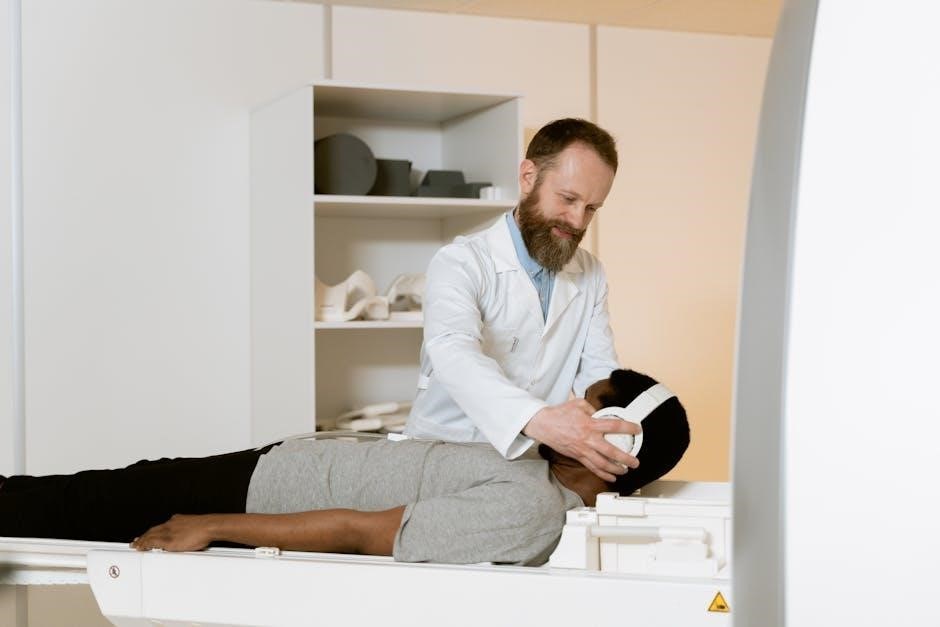
Digital Resources and Supplements
The manual offers digital resources, including PDF versions for easy access and online companion materials. These supplements enhance learning with interactive tools and additional study aids, ensuring flexibility and convenience for students and educators alike.
7.1 Availability of PDF Versions for Easy Access
The manual is available in PDF format, ensuring easy access for students and educators. This digital version allows for convenient studying, with features like search functionality and portability across devices. The PDF format enables users to access the manual anytime, making it ideal for remote learning or last-minute revisions. Additionally, the digital version aligns with Marieb’s commitment to student-centered learning, providing flexible access to essential anatomical resources. This accessibility enhances the overall learning experience, catering to diverse study preferences and needs.
7.2 Online Companion Resources for Enhanced Learning
The manual is supported by online companion resources, designed to enhance the learning experience. These include interactive exercises, quizzes, and 3D anatomical models that complement the lab exercises. Students can access additional study materials, such as flashcards and video tutorials, to reinforce their understanding of key concepts. The online resources are seamlessly integrated with the lab manual, providing a comprehensive and engaging learning environment. These tools cater to diverse learning styles, ensuring a deeper grasp of human anatomy through interactive and visual aids.

The Legacy of Elaine N. Marieb in Anatomy Education
Elaine N. Marieb’s contributions to anatomy education are unparalleled. Her student-centered approach and clear writing style have made her textbooks indispensable. Renowned for her ability to simplify complex concepts, Marieb’s work has shaped anatomy education for decades, leaving a lasting legacy in the field.
8.1 Marieb’s Contributions to Anatomy and Physiology Education
Elaine N. Marieb is a pioneer in anatomy and physiology education, renowned for her textbooks and laboratory manuals. Her work emphasizes a student-centered approach, making complex concepts accessible. The Human Anatomy Laboratory Manual with Cat Dissections is a testament to her dedication, providing clear, engaging content. Her contributions have set high standards in anatomy education, influencing both students and educators. Marieb’s legacy continues to inspire learning and advance the field of anatomy and physiology through her impactful resources.
8.2 Student-Centered Approach in Her Teaching and Writing
Elaine N. Marieb’s work is characterized by a student-centered approach, focusing on clarity and accessibility. Her laboratory manual incorporates engaging writing and practical exercises, ensuring students grasp complex anatomical concepts. By aligning with course goals and fostering active learning, Marieb’s resources empower students to succeed. Her dedication to meeting learners’ needs has made her materials indispensable in anatomy education, reflecting her commitment to effective, student-focused teaching methods.
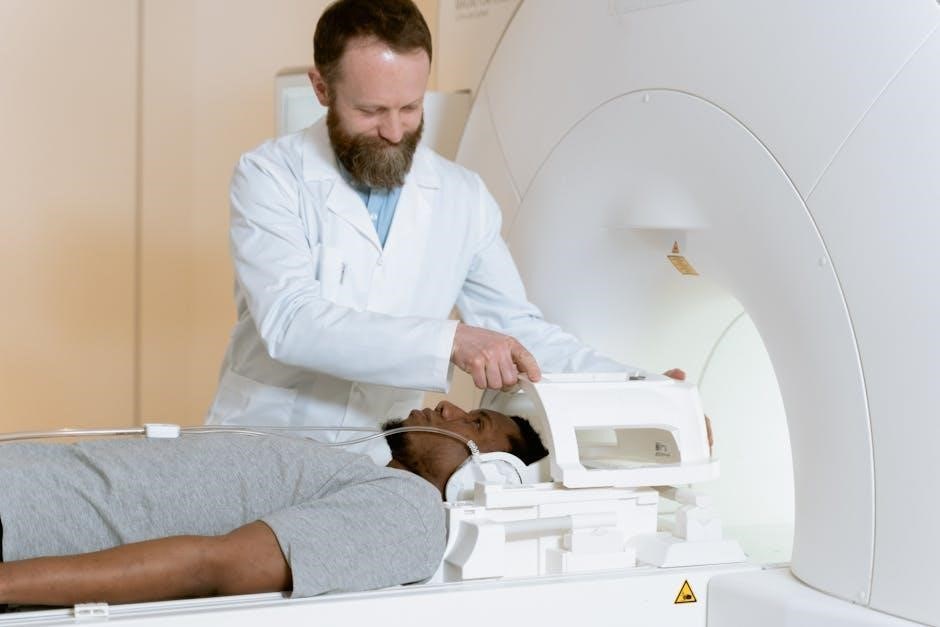
Editions and Updates
The manual is available in multiple editions, with the 8th and 9th editions offering updated content, full-color illustrations, and enhanced digital resources for improved learning experiences.
9.1 Overview of the 8th and 9th Editions
The 8th and 9th editions of Marieb’s manual offer comprehensive updates, including enhanced full-color illustrations and revised exercises. The 9th edition features new photography, updated dissection guides, and improved alignment with Marieb’s Human Anatomy textbook. Both editions maintain the core 30 exercises covering all body systems, ensuring a thorough and immersive learning experience. These updates reflect advancements in anatomical education, making the manual a trusted resource for students and instructors in anatomy laboratories.
9.2 Key Updates and Improvements in Recent Editions
Recent editions of Marieb’s manual include updated dissection procedures, new histology and surface anatomy photos, and enhanced digital resources. The 9th edition features revised exercises, improved organization, and integration with online tools for better student engagement. These updates ensure the manual remains aligned with modern teaching methods and provides a seamless learning experience, addressing both visual and hands-on learning needs for anatomy students.
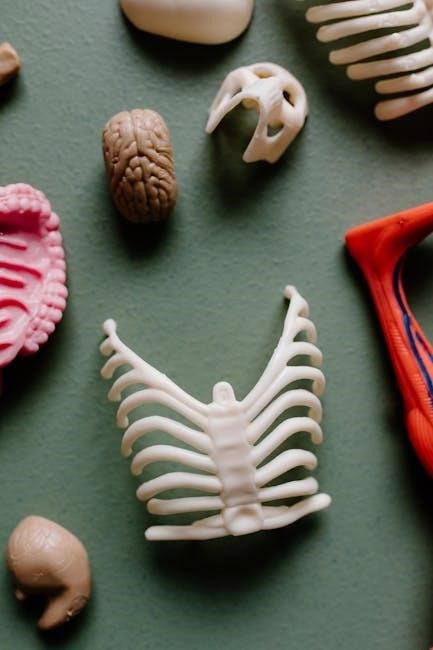
Student and Instructor Perspectives
Students praise the manual’s clarity and visual aids, while instructors appreciate its structured exercises. Both find it an invaluable tool for anatomy education, enhancing learning outcomes effectively.
10.1 Student Feedback and Reviews
Students consistently praise the manual for its clear writing style and full-color illustrations, which enhance their understanding of complex anatomical concepts. Many appreciate the structured exercises that align with their course material, making it easier to prepare for labs and exams. The step-by-step dissection guides are particularly commended for their clarity and detail. Overall, students find the manual to be an invaluable resource for hands-on learning, helping them grasp human anatomy through practical application. Its popularity among anatomy students underscores its effectiveness.
10.2 Instructor Resources and Support
Instructors praise the manual for its robust support materials, including an instructor’s manual and online resources. These tools provide detailed lesson plans, lab preparation guidelines, and assessment options, ensuring effective teaching. The manual’s alignment with Marieb/Brady/Mallatt’s Human Anatomy textbook and compatibility with other anatomy resources make it versatile for diverse teaching approaches. Additional resources like PowerPoint slides and test banks further enhance instructors’ ability to deliver engaging and structured anatomy courses, saving time and promoting consistency in education.
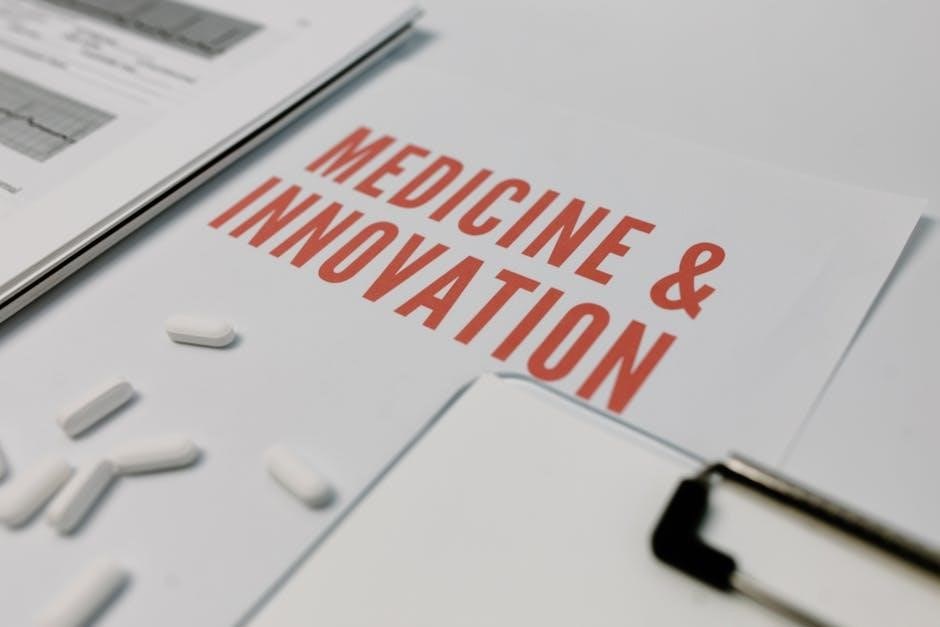
The Manual’s Impact on Anatomy Education
The manual is widely adopted in educational institutions, aligns seamlessly with Marieb/Brady/Mallatt’s Human Anatomy, and has influenced the development of other anatomy laboratory manuals globally.
11.1 Popularity and Adoption in Educational Institutions
The manual’s popularity stems from its clear writing style and full-color illustrations, making it a preferred choice for many institutions. Its alignment with Marieb’s textbooks ensures consistency in teaching. The manual is widely adopted due to its comprehensive coverage of all body systems through 30 exercises. This structured approach enhances student engagement and understanding. As a result, it has become a cornerstone in anatomy education, trusted by both instructors and students for its effectiveness in laboratory settings.
11.2 Influence on Other Anatomy Laboratory Manuals
The manual’s clear writing style and full-color illustrations have set a standard for anatomy education. Its structured approach, with 30 exercises covering all body systems, has influenced other laboratory manuals to adopt similar frameworks. The integration of cat dissections with human anatomy concepts has encouraged other authors to align their content with complementary textbooks. This manual’s success has driven improvements in visual and textual clarity across anatomy education resources, making it a benchmark for laboratory manuals in the field.
This manual is a cornerstone in anatomy education, offering a comprehensive, engaging approach with cat dissections. Its clarity, full-color visuals, and alignment with Marieb’s textbooks make it indispensable for students and instructors alike, solidifying its role in modern anatomy training.
12.1 Summary of the Manual’s Strengths and Benefits
The manual excels with its comprehensive coverage of human anatomy through 30 exercises, aligning with body systems. Its clear, engaging writing style and full-color illustrations enhance learning. Designed for practical application, it supports hands-on dissection experiences, making complex concepts accessible. The integration with Marieb’s textbooks ensures consistency for students. Elaine Marieb’s student-centered approach and the manual’s organization make it a valuable tool for anatomy education, fostering deeper understanding and skill development in laboratory settings.
12.2 Final Thoughts on Its Role in Modern Anatomy Education
The manual remains a cornerstone in anatomy education, bridging theoretical knowledge with practical skills. Its structured approach and visual aids cater to diverse learning styles, ensuring effective comprehension. By integrating with digital resources, it adapts to modern educational needs, enhancing accessibility. Elaine Marieb’s legacy continues to inspire, making this manual indispensable for students and instructors alike, solidifying its place as a leading resource in anatomy education for future generations.
